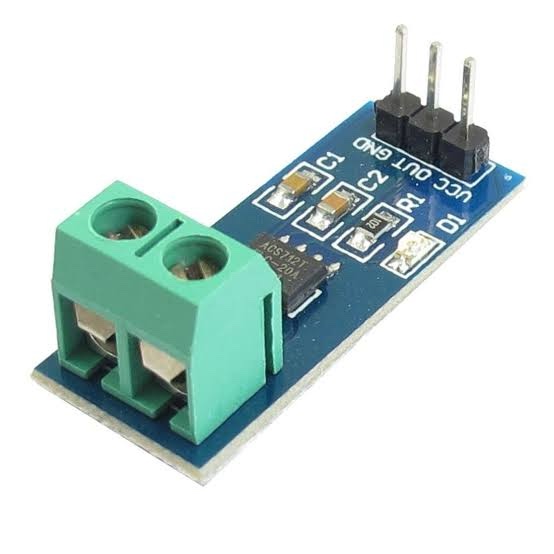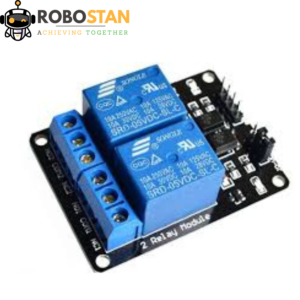ACS712 Arduino Current Sensor
Description
The ACS712 Current Sensors offered on the internet are designed to be easily used with micro controllers like the Arduino.
These sensors are based on the Allegro ACS712ELC chip.
These current sensors are offered with full scale values of 5A, 20A and 30A.
₨300
CompareACS712 Arduino Current Sensor
ACS712 Arduino Current Sensor is a simplified approach to my prior Instructable regarding measuring AC current with the ACS712 current sensor..
Simplifications include:
- Eliminating the special Signal Conditioning Circuit Board – instead we’re going to use the “RunningStatistics” function available in the Ardunio Filterslibrary.
- Eliminating the need to build a special extension cord to “splice-in” the ACS712 Module, instead we’ll be hacking an inexpensive wireless remote receiver outlet.In addition to being much simpler, this approach results in a more compact, professional looking form factor.
As a review from my prior Instructable, the challenge with using the ACS712 sensor is that measuring AC current with the ACS712 module yields an output signal sine wave centered around 1/2 Vcc regardless of the AC current draw, only the peak-to-peak fluctuation about the center line increases as the AC current drawn increases (see photo of oscilloscope images). Thus, the Arduino normal “analogRead value” won’t change regardless of the AC current being drawn. This is where the Arduino Filters library “Running Statistics” function’s ability to measure the fluctuation comes in. Link of Data Sheet is here Arduino Current Sensor ACS712
This Instructable assumes you’re already familiar with Arduino programming and basic circuit wiring. Not counting the Arduino, part cost is only.By liking Our Facebook Page Embeded Studio , you can get special discount
The device consists of a precise, low-offset, linear Hall sensor circuit with a copper conduction path located near the surface of the die. Applied current flowing through this copper conduction path generates a magnetic field which is sensed by the integrated Hall IC and converted into a proportional voltage. Device accuracy is optimized through the close proximity of the magnetic signal to the Hall transducer. A precise, proportional voltage is provided by the low-offset, chopper-stabilized BiCMOS Hall IC, which is programmed for accuracy after packaging. The output of the device has a positive slope (>VIOUT(Q)) when an increasing current flows through the primary copper conduction path (from pins 1 and 2, to pins 3 and 4), which is the path used for current sensing. The internal resistance of this conductive path is 1.2 mΩ typical, providing low power
Based on 0 reviews
Be the first to review “ACS712 Arduino Current Sensor”
You must be logged in to post a review.





There are no reviews yet.